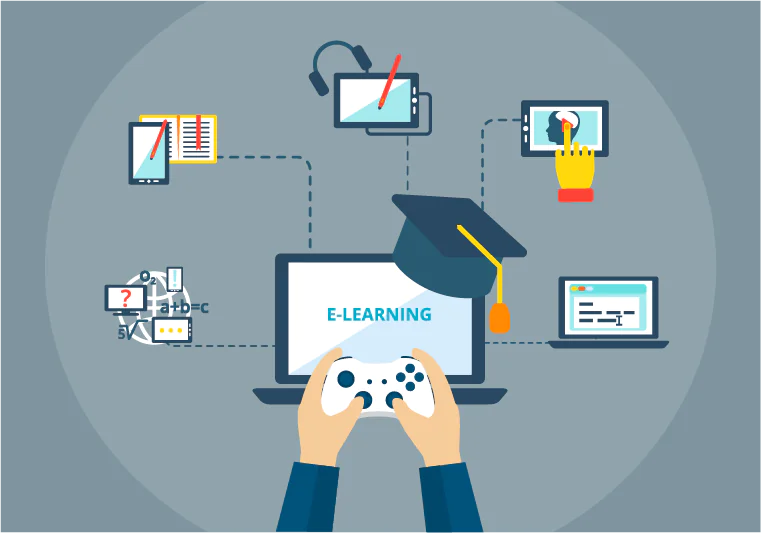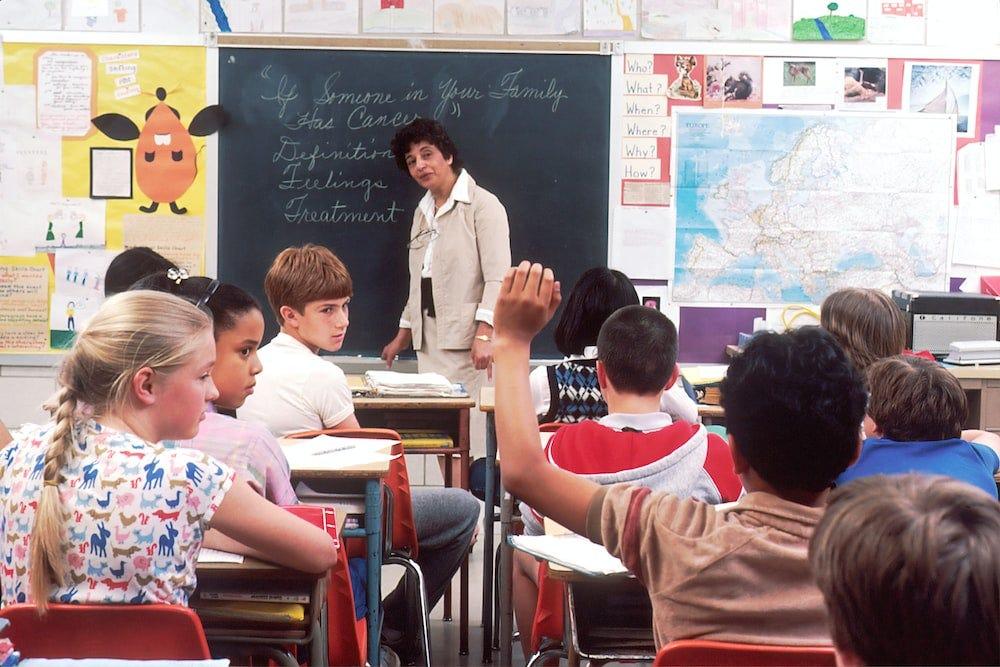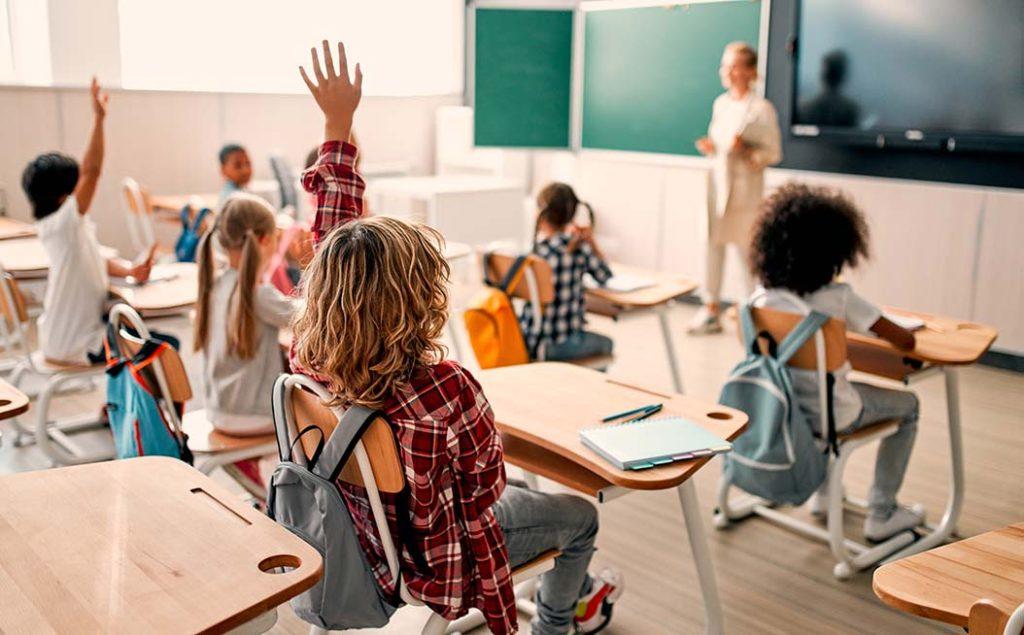Gamification is a dynamic educational and motivational technique that integrates game elements and design principles into non-gaming contexts, such as education, marketing, and employee training.
It leverages the innate human desire for competition, achievement, and engagement to enhance learning also problem-solving. Here are some key aspects of gamification:
Motivation and Engagement: Games are inherently engaging and motivate players to participate actively. Gamification applies this principle to tasks or activities that might otherwise be considered mundane, making them more enjoyable and appealing.

Reward Systems: Gamification often includes reward systems, where participants earn points, badges, or virtual currency for completing tasks or reaching milestones. These rewards trigger the brain’s pleasure centers, reinforcing desired behaviors.
Progress Tracking: Games often provide clear progress indicators, allowing players to see how they are advancing. In education and training, offers real-time feedback also progress tracking, helping learners understand their journey and areas for improvement.
Competition and Collaboration: Gamification can promote healthy competition and collaboration. Leaderboards, challenges, also multiplayer features create a sense of achievement and social interaction, fostering a community of participants.
Problem-Solving and Critical Thinking: Games often require players to solve puzzles, make decisions, and think critically. When applied to educational contexts, enhances cognitive skills and promotes problem-solving abilities.
Tailoring gamification to individual preferences and learning styles allows for customization also personalization. This personalization encourages learners to take ownership of their education and progress.
Real-World Application: Gamification encourages learners to apply knowledge and skills in real-world scenarios. It bridges the gap between theory and practical application, making learning more relevant.
Long-Term Engagement: By creating a sense of mastery and curiosity, can sustain long-term engagement. It encourages participants to return regularly to continue their journey or learning.
Feedback and Improvement: Gamification provides immediate feedback on performance. Learners can adjust their strategies also behaviors based on this feedback, which is essential for continuous improvement.
Marketing and customer engagement strategies widely employ beyond education. Loyalty programs, interactive apps, also product challenges can all benefit from gamified approaches.
Gamification is a versatile and effective tool for enhancing engagement and motivation in various settings.
By tapping into the psychology of play and competition, it has the potential to transform the way we approach learning, problem-solving, and interaction with the world around us.
As the field of gamification continues to evolve, it offers exciting opportunities to make various aspects of life more engaging and enjoyable. 온라인카지노사이트





